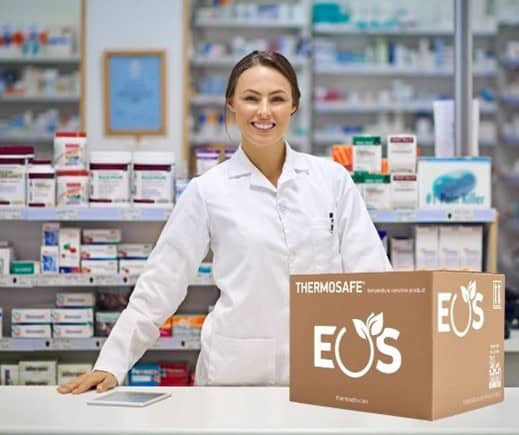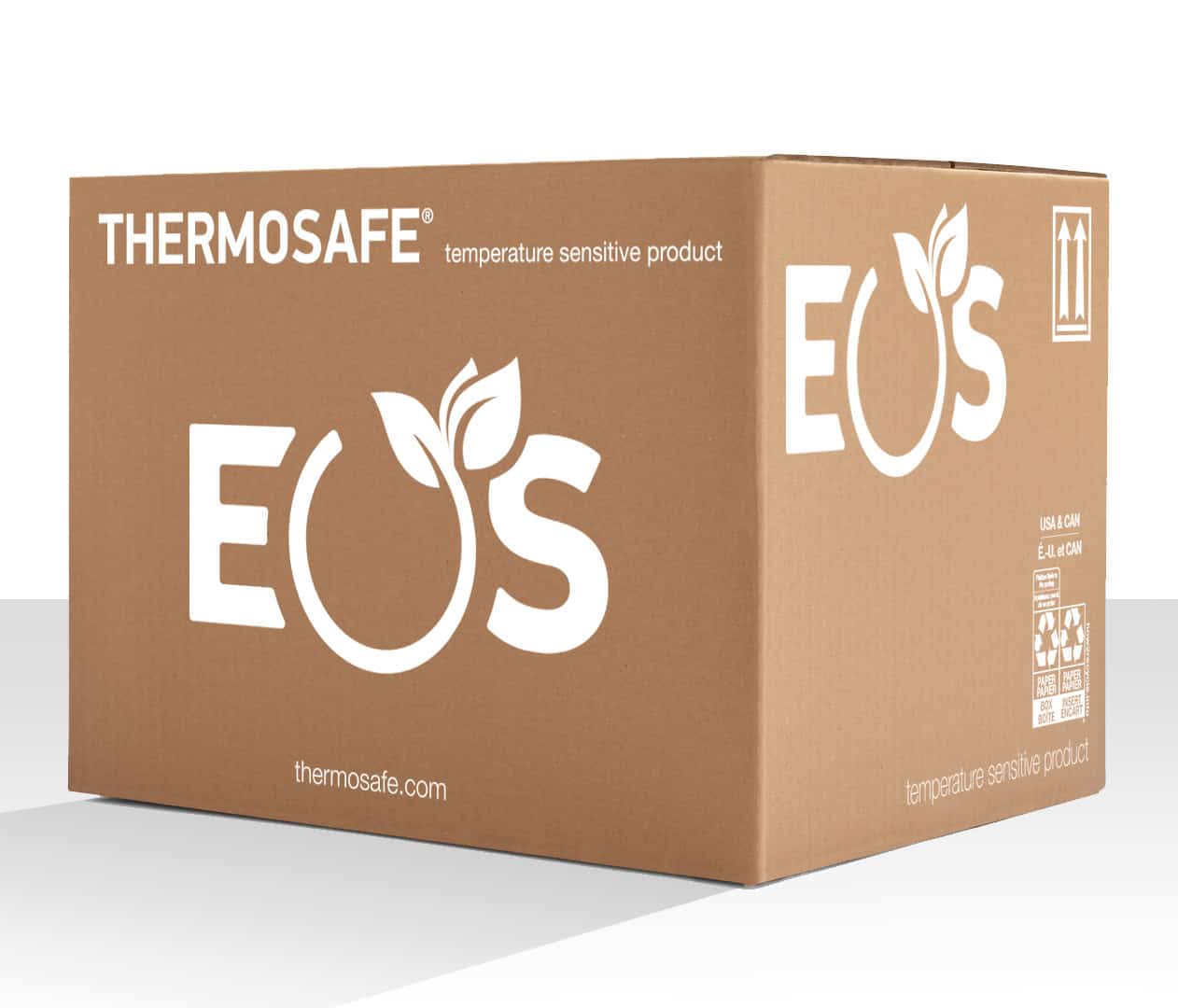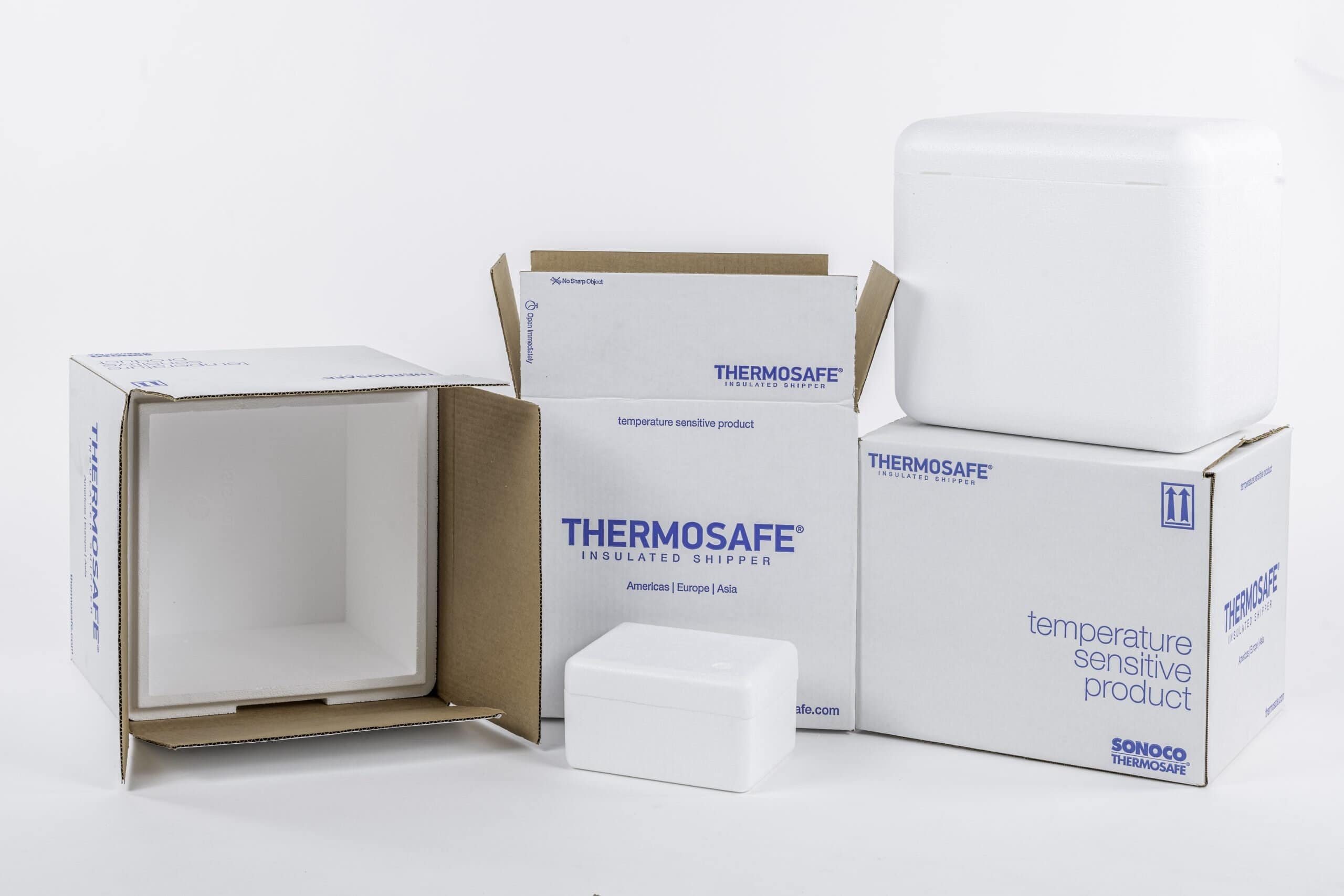MAY 29, 2025
Thermal Packaging, Pharmacies, and Patient Access: Building Safer Supply Chains for Specialty Drugs

As the pharmaceutical industry evolves toward more personalized, high-value therapies, the commercialization model must also adapt – especially when it comes to getting medicines into the hands of patients quickly, safely, and conveniently. The growing pipeline of specialty drugs, such as biologics, GLP-1s, and cell and gene therapies, is transforming how we think about access and adherence. These therapies offer tremendous clinical promise but come with complex requirements for handling, storage, and distribution.
In this new landscape, specialty pharmacies are playing an increasingly critical role. More than just dispensers, they serve as strategic partners in managing the end-to-end patient journey, from navigating insurance coverage to ensuring on-time, temperature-controlled delivery. Their ability to connect the dots between pharmaceutical manufacturers, healthcare providers, and patients makes them indispensable to modern commercialization strategies.
This blog explores how specialty pharmacies enable broader access to breakthrough therapies and support adherence through innovative distribution models like Direct-to-Patient (DTP) and Direct-to-Pharmacy (DTPH). We’ll also examine how these shifts are impacting the thermal packaging industry, which underpins the safe, compliant delivery of today’s most sensitive and valuable medications.
The Rise of Specialty Pharmaceuticals
Specialty drugs now account for over 50% of total prescription drug spending in the United States. This shift necessitates a reevaluation of traditional supply chain models to accommodate the unique requirements of these therapies. The distribution of specialty pharmaceuticals often involves thermal protection, precise inventory management, and enhanced traceability to ensure product integrity and compliance with regulatory standards. As the pipeline for these advanced therapies continues to grow, supply chain professionals must adapt to more agile and patient-centric distribution strategies to meet the evolving demands of the healthcare landscape.(Blue Cross MN)
Specialty Pharmacies as Catalysts for Access and Adherence

In the complex landscape of specialty pharmaceuticals, ensuring patient access and adherence is paramount. Specialty pharmacies play a critical role in this process by navigating the intricate pathways of insurance approvals, financial assistance, and patient education. Their involvement is particularly vital for therapies requiring specialized handling and monitoring, such as biologics and GLP-1 receptor agonists.
Moreover, specialty pharmacies often collaborate with pharmaceutical companies to provide financial assistance programs, easing the burden of high-cost medications for patients. These programs, along with personalized patient support initiatives, contribute to improved medication adherence and overall patient outcomes.
In the case of GLP-1 receptor agonists, health system specialty pharmacies (HSSPs) have demonstrated effectiveness in improving patient access and adherence. By integrating with electronic health records and coordinating with manufacturers for patient assistance programs, HSSPs streamline the process of obtaining these medications, particularly for patients facing financial or logistical barriers. (Shields Health Solutions)
For supply chain professionals, these insights underscore the importance of integrating specialty pharmacies into distribution strategies. By doing so, they can enhance patient access to critical therapies and support adherence, ultimately contributing to better health outcomes and more efficient healthcare delivery.
Distribution Challenges of Modern Therapeutics
The distribution of specialty pharmaceuticals such as biologics and GLP-1 receptor agonists introduces a new level of intricacy to the pharmaceutical supply chain. These therapies are often temperature-sensitive, high-cost, and time-critical, requiring robust cold chain infrastructure and real-time visibility to maintain product integrity and compliance. Unlike traditional small-molecule drugs, these products can lose efficacy or become unsafe with even minor deviations from their required temperature range.
From ultra-cold storage requirements to just-in-time delivery schedules, supply chain teams must manage narrow handling tolerances while also scaling for greater geographic reach and home-based care. According to the 2024 Specialty Spend and Trend Report by PSG, biologics and GLP-1s are among the fastest-growing categories, with increased demand placing added pressure on distribution capabilities and packaging performance. Compounding these are expectations for faster fulfillment and the decentralization of care through Direct-to-Patient (DTP) and Direct-to-Pharmacy (DTPH) models, which bypass traditional distribution hubs and require tighter coordination among stakeholders.
As shared in the 2025 HDA Conference summary by ThermoSafe, industry leaders emphasized the growing need for precise thermal protection, real-time monitoring, and streamlined logistics processes. Distribution errors, temperature excursions, and communication breakdowns can result in costly product loss and treatment delays. For pharmacy operations and supply chain professionals, the mandate is clear: adapt infrastructure and protocols to meet the specialized demands of next-generation therapeutics while maintaining patient safety and regulatory compliance.
Direct-to-Patient Models: Meeting Patient Demands and Supply Chain Requirements

The rapid growth of Direct-to-Patient (DTP) and Direct-to-Pharmacy (DTPH) delivery models is reshaping how specialty medicines reach patients – driven not only by industry innovation, but by rising patient expectations for speed, safety, and transparency. As more therapies shift to home-based administration, patients increasingly expect to receive their medications quickly and with the assurance that the product has been stored and transported under tightly controlled conditions.
This expectation is putting new pressure on pharmacies and logistics providers. According to Pharmaceutical Commerce, specialty pharmacies are adapting to handle this shift, particularly for cold chain therapies like GLP-1 receptor agonists, which are surging in demand for weight loss and metabolic conditions. But patients are no longer passive recipients – they want confidence that their medication is safe, potent, and temperature-intact upon arrival.
To meet this demand, specialty pharmacies and their supply chain partners must ensure end-to-end product integrity, especially in the “last mile.” This requires more than expedited shipping -it means using appropriately tested thermal packaging, that can provide protection from the point of shipment to the patient’s doorstep.
For pharmacy operations teams, enabling these expectations means partnering with the right specialty packaging vendor and investing in collaborative models that guarantee medication quality through every handoff – ultimately aligning commercial success with patient peace of mind.


Thermal Packaging as a Pillar of Safe, Patient-Centric Delivery
As specialty pharmaceuticals increasingly reach patients through DTP, the role of thermal packaging has become more critical than ever. Patients not only expect timely delivery but also assurance that their medications have been maintained within the required temperature ranges throughout transit. This demand places significant responsibility on pharmacies and supply chain professionals to ensure product integrity from origin to destination.
At the 2025 Healthcare Distribution Alliance (HDA) Conference, industry experts emphasized the necessity of agile cold chain strategies and flexible lane validations to respond swiftly to shifts in product flows, particularly for high-demand generics. ThermoSafe highlighted that “agile cold chain strategies and flexible lane validations may become essential to respond quickly to sudden shifts in generic product flows.” This underscores the importance of adaptable thermal packaging solutions that can meet the evolving needs of pharmaceutical distribution.(ThermoSafe)
Moreover, the conference shed light on the growing emphasis on sustainability in cold chain logistics. ThermoSafe noted that “thermal packaging with reliable reusability, optimized insulation, and low environmental impact will differentiate suppliers.” This trend indicates a shift towards thermal packaging solutions that not only ensure product safety but also align with environmental sustainability goals.
In this context, thermal packaging is no longer a passive component but a proactive enabler of safe, patient-centric delivery. By investing in advanced, sustainable thermal packaging solutions, pharmacies and supply chain professionals can meet patient expectations, comply with regulatory standards, and contribute to a more resilient and responsive pharmaceutical distribution network.
Commercialization Implications: Aligning Distribution Strategy with Market Success
The shift toward Direct-to-Patient delivery, expanded specialty pharmacy roles, and advanced thermal packaging isn’t just a logistics challenge – it’s a commercial opportunity. For manufacturers and specialty pharmacies, early decisions about distribution models and packaging infrastructure can have a lasting impact on launch readiness, patient access, and competitive advantage.
Additionally, as ThermoSafe and other cold chain experts have emphasized, today’s commercialization strategy must include investments in thermal packaging solutions that are both tested and scalable. Launches that overlook packaging and last-mile delivery considerations risk temperature excursions, delayed therapy, and reputational harm – issues that can directly affect product success in a competitive market.
For supply chain professionals, operational teams and commercial leaders alike, the imperative is clear: build distribution frameworks that are flexible, patient-centered, and quality-assured from day one. This not only ensures smoother market entry but also helps meet payer and provider expectations for reliable, value-based care delivery.
Conclusion: Building Patient-Centric Distribution for the Future
As specialty pharmaceuticals continue to transform the healthcare landscape, the role of the supply chain has never been more strategic, or more visible. From biologics and GLP-1s to cell and gene therapies, the complexity of these therapies demands more than traditional distribution models can provide. Patients expect safe, timely, and verifiable delivery- and they’re placing increasing trust in specialty pharmacies to make that happen.
Meeting these expectations requires a new standard of coordination across manufacturers, specialty pharmacies, logistics partners, and packaging providers. Direct-to-Patient and Direct-to-Pharmacy models, supported by tested thermal packaging, represent the future of pharmaceutical delivery. But realizing that the future means planning early, investing wisely, and designing commercialization strategies that prioritize access, adherence, and patient safety.
For healthcare leaders, pharmacy operations and supply chain professionals alike, the opportunity is clear: build distribution systems that not only move products – but improve lives.
